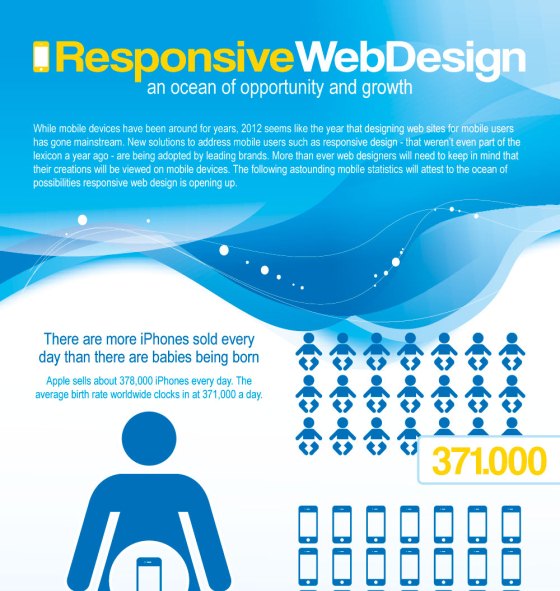Crafting A User-Friendly Internet Site: Approaches And Strategies For Web Design Success
Crafting A User-Friendly Internet Site: Approaches And Strategies For Web Design Success
Blog Article
Composed By-Dencker Raun
Master the art of web design by concentrating on user experience. Craft intuitive navigating and choose mobile optimization to boost the searching experience. Ensure simple navigation with clear headings and attractive visuals. Prioritize mobile responsiveness for a constant individual experience. By including these necessary design concepts, you can create an easy to use site that mesmerizes site visitors.
Necessary Layout Concepts
When designing a website, focus on individual experience above all else. Your main goal ought to be to create a seamless and satisfying experience for your site visitors. Start by making certain that your website is easy to navigate. Use clear headings, organized food selections, and intuitive switches to direct individuals through your web content effortlessly. Remember, simplicity is key. Avoid littering your web pages with unneeded aspects that can bewilder or puzzle your target market.
Another vital design concept is to ensure your website is aesthetically enticing. Pick a natural color scheme, top notch pictures, and legible typefaces to boost the general appearance of your site. Uniformity is critical in establishing a strong brand identification and making your site much more unforgettable to customers.
Additionally, focus on mobile responsiveness. With even more individuals browsing the internet on their smartphones and tablets, it's important that your site looks and operates well on all devices. Check your website on various screen sizes to guarantee a seamless experience for all individuals. By focusing on these crucial design concepts, you can produce an easy to use internet site that maintains site visitors returning for more.
User-Focused Navigation
To boost customer involvement and streamline their surfing experience, prioritize creating user-friendly navigating pathways that guide site visitors seamlessly via your site. Clear and efficient navigation is important for aiding customers find the information they require promptly and efficiently. Start by maintaining your menu structure basic and understandable. Usage detailed labels that clearly indicate what web content can be found under each menu alternative. In addition, take into consideration executing dropdown menus for subcategories to prevent overcrowding the major navigation bar.
One more crucial aspect of user-focused navigation is using breadcrumbs. Breadcrumbs are a secondary navigation aid that reveals customers their present area on the site and permits them to conveniently browse back to previous web pages. This attribute is especially helpful for users who enter your website via a deep link or an internet search engine result.
Moreover, integrating search capability plainly on your internet site can better improve customer navigating. A search bar permits users to quickly locate specific material without needing to click via several web pages. Ensure that your search bar is conveniently noticeable and easily accessible on every page of your website for optimum functionality. By prioritizing user-focused navigating strategies, you can create a more intuitive and satisfying browsing experience for your visitors.
Mobile Optimization Techniques
Consider optimizing your website for smart phones to make certain a smooth user experience across various display dimensions. Mobile optimization is essential in today's electronic landscape where a substantial portion of internet surfing happens on smartphones and tablet computers.
To enhance mobile usability, begin by carrying out receptive style methods. This approach enables your site to adjust to different screen measurements, maintaining capability and aesthetics.
Concentrate on maximizing filling times for mobile customers. Slow-loading websites can discourage visitors and effect your internet search engine rankings. Press images, decrease HTTP demands, and take advantage of browser caching to improve loading rate. Additionally, focus on web content power structure for mobile screens. Ensure that vital info is plainly displayed, and navigating is user-friendly, promoting simple accessibility to essential areas.
Use touch-friendly elements such as bigger switches and structured kinds to help with communication on mobile devices. Conduct extensive testing across different mobile platforms to determine and correct any usability problems.
Verdict
Finally, grasping the art of web design is important for developing an user-friendly site. By incorporating necessary design principles, user-focused navigating, and mobile optimization strategies, you can ensure a smooth and enjoyable experience for your visitors.
For you can find out more , a regional bakeshop saw a 30% increase in on the internet orders after revamping their web site to be more user-friendly and mobile-responsive. Keep in mind, a properly designed web site can make all the difference in attracting and keeping clients.
